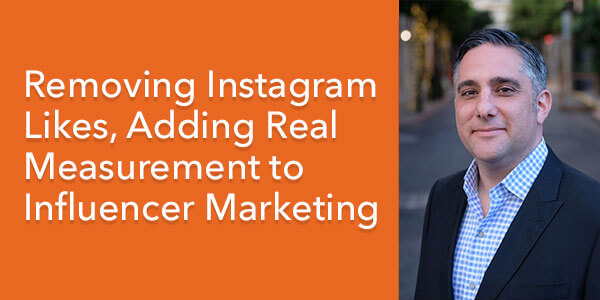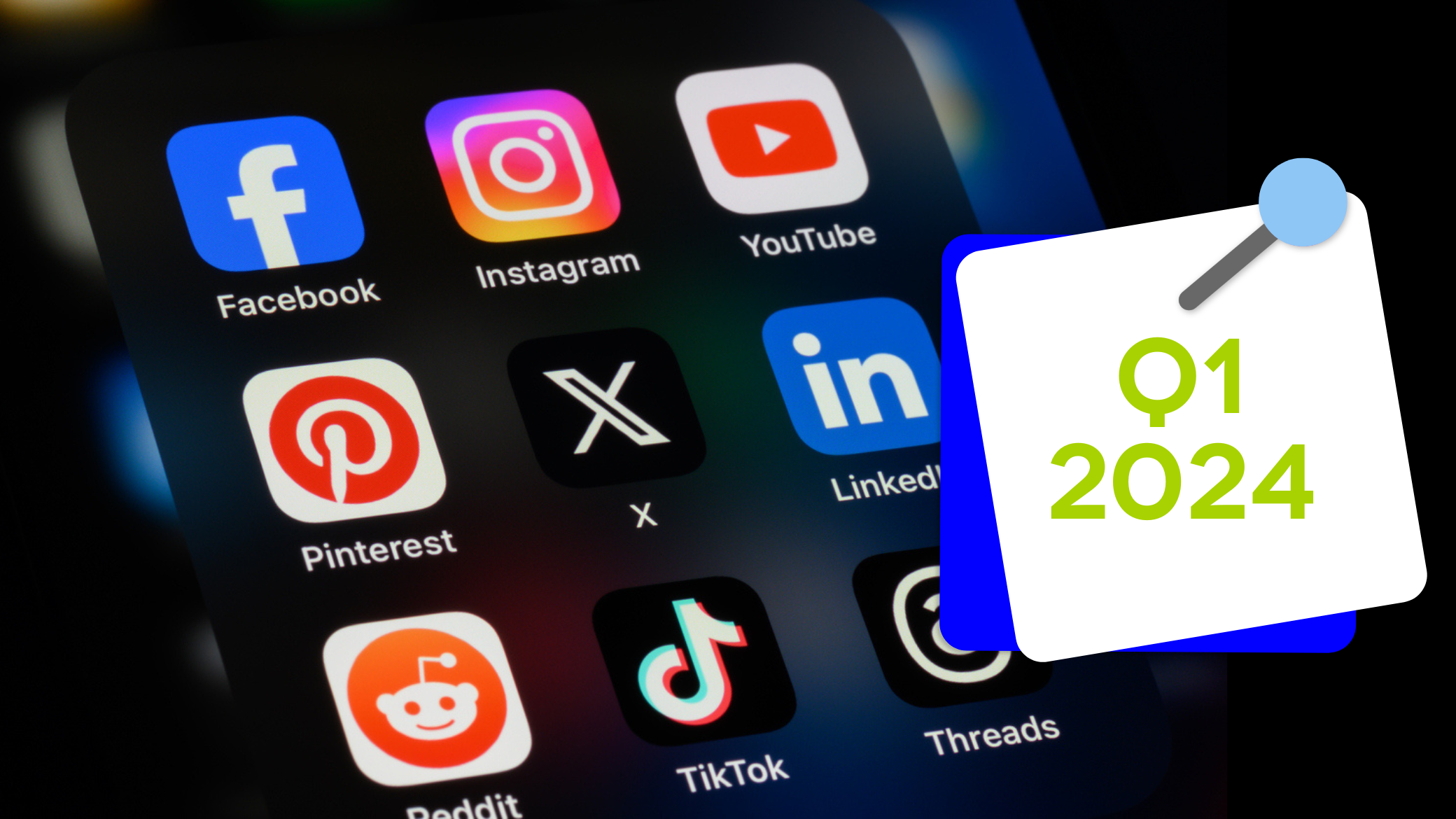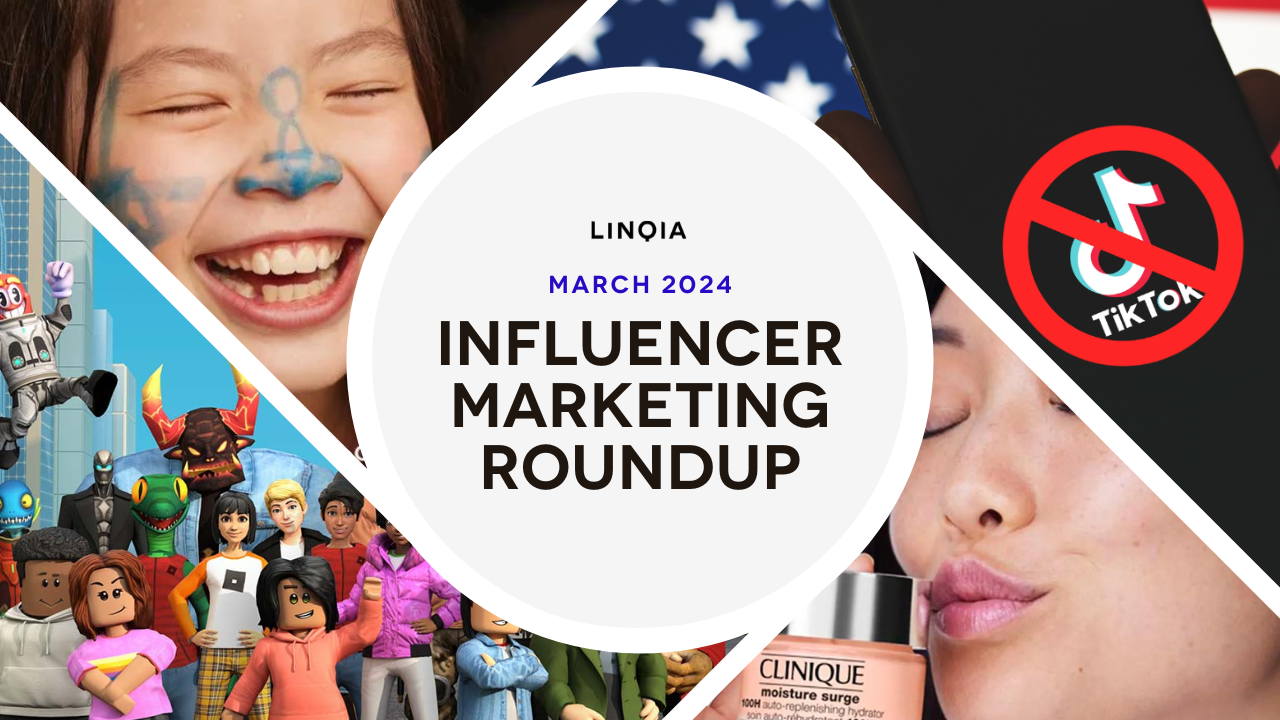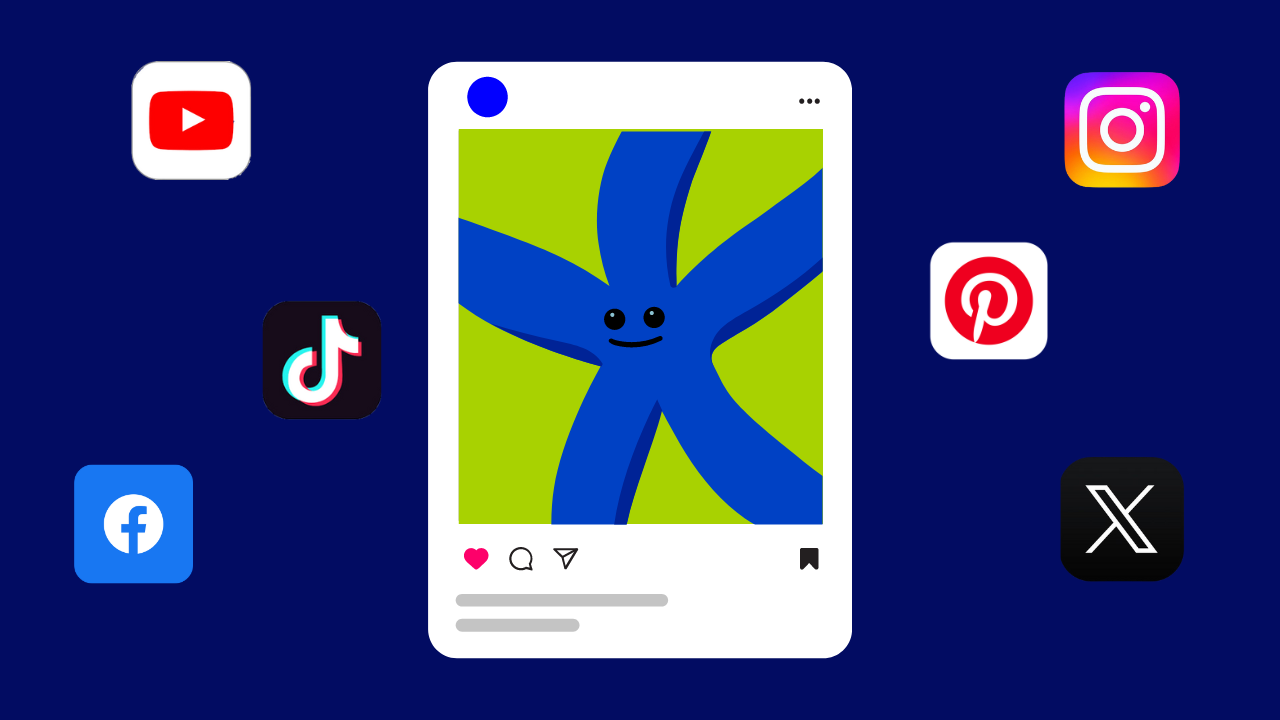By Nader Alizadeh, CEO and Co-Founder of Linqia
We applaud Instagram’s move to remove like counts in the US. Social media anxiety, particularly among younger users, is indeed a problem, and this is a step in the right direction to stop the vanity and comparison nature of social media.
With the possibility of like counts going away, how will that impact the number of likes given on Instagram?
We believe like counts will go down.
I know, I know, as a co-founder of an influencer marketing company, I should want likes to continue as a driver of higher engagement. But we’ve seen likes are not the only way to drive impact. With the movement to Stories and video content online, metrics like video completion rates can also show engagement. Although people may not outwardly show that they like the content with a “like”, we know they do like it.
We surveyed our influencers to see how they feel about the change, and 81% are neutral to positive about the move to remove. Only a few thought it would negatively impact their work as influencers or on the experience on Instagram. As influencer @pinkonthecheek told us, “It can finally be about the content and not the likes.”
We agree, Lauren. It should be about the content.
Micro-influencers have a smaller, more engaged following, and we have seen these influencers create very compelling content that they know will connect with their audiences. However, as they start to get more followers, sometimes some content will get “bandwagon likes” or likes only because people see a post already received a lot of likes.
That means that mega and macro-influencers, people with more than 100,000 followers, maybe the first to see a hit in like numbers. Quality content will be the new currency that inspires users to like and engage. Influencers will no longer be able to win a like just because of the herd mentality of their large following; they will have to play the game better than others.
As engagement rates go down across the board, we anticipate the industry will have to lower current engagement benchmarks, and it could force marketers to look beyond engagement rates.
We’re excited about this potential change! It will get the industry out of the rat race of just trying to collect clicks to watching the impact influencer content can make by tying directly into marketing’s goals, including a lift in brand awareness, purchase intent, or actual sales.
To measure these initiatives, we’ve developed the industry’s most comprehensive measurement suite in the industry with our Intelligence Suite that includes partners like Dynata, IRI and Foursquare. These partnerships will turn the focus of influencer campaigns from the number of likes to the number of sales.
Just look at some of our work with Three Olives and McDonald’s. With Three Olives, Linqia was able to promote rose vodka and drove a 27% increase in awareness and with McDonald’s Treat.Trick.Win! campaign Linqia delivered 540k incremental visits to the Golden Arches.
While likes and engagements are still the primary way of measuring a campaign, we will continue to provide that number in real-time seamlessly through the Linqia platform. Although likes will not be publicly displayed, Linqia will still have access to this data, thanks to our use of the Instagram API.
We’ll keep an eye on what happens with our influencers as the change gets rolled out, but we think this is a big step in the right direction for influencers, the industry, and everyday consumers.




